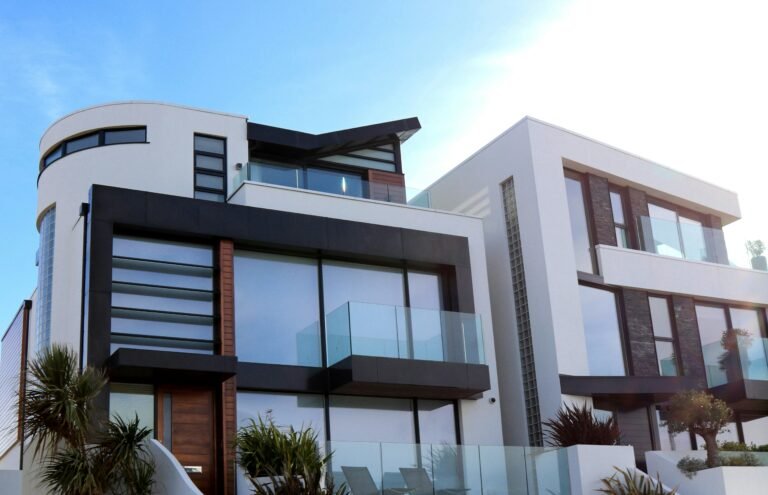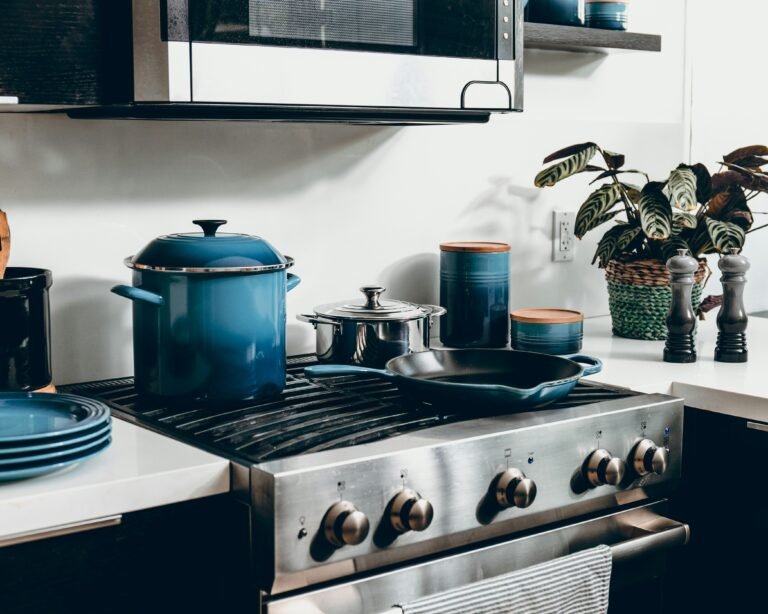Table of Contents
Introduction
Discover how a smart home can boost comfort and save money today. Smart homes are not just for the wealthy; they can be budget-friendly too. Our guide uses tips from expert sources such as Energy Star to show you how to build a connected home without overspending.
The Foundation: Start with Smart Home Essentials
Begin by choosing devices that give you the best value. Experts recommend starting with key items that improve energy use and convenience right away.
Essential Devices to Begin With
- Smart Plugs: These let you control appliances with your phone. They work with lamps, fans, coffee makers, and more.
- Smart Bulbs: These bulbs can change brightness and colors. They work with voice commands and schedules, just like models from Philips Hue.
- Smart Speaker: A smart speaker like Amazon Echo or Google Home lets you control devices with your voice. It also plays music and sets reminders.
These devices make your home smart and help you save energy from day one.
Prioritize High-Impact, Low-Cost Devices
Choose devices that give the most benefits for your money. This approach saves you cash and improves daily living quickly.
Focus Areas for Maximum Benefits
- Energy Savings: Use smart thermostats and plugs to lower energy use. Studies by Energy Star note that smart thermostats can cut bills by up to 15%.
- Home Security: Smart doorbells and cameras let you watch your home from afar. They give alerts and let you speak to visitors.
- Daily Convenience: Smart locks and blinds simplify your day. They offer keyless entry and adjust for better temperature control.
Focusing on these areas gives you real benefits while keeping costs low.
Leverage Open Platforms for Greater Flexibility
Select devices that work with many systems. Open platforms let you add new gadgets easily without being tied to one brand.
Popular Open Platforms to Consider
- IFTTT (If This Then That): Create simple triggers to automate tasks across devices.
- Home Assistant: This free, open-source system gives you full control over your devices.
- OpenHAB: It unifies various smart devices under one system for simple control.
Using these platforms saves money and gives you more choices when expanding your system.
Hunt for Deals on Smart Home Devices
Smart shopping is key to saving money. Look for discounts and special deals to get the best prices on your devices.
Tips for Finding the Best Deals
- Seasonal Sales and Promotions: Watch for events like Black Friday, Cyber Monday, and Prime Day for big savings.
- Refurbished or Previous-Generation Models: Look for certified refurbished devices for a lower price.
- Bundle Deals: Bundles offer discounts when you buy several items at once.
- Open-Box Items: Check local stores or online for open-box deals that pass quality tests.
These tips help you build your smart home while keeping costs low.
DIY Where Possible
Do it yourself when you can. DIY projects save money and teach you how your system works.
DIY Projects to Consider
- Installing a Smart Thermostat: Most models require only a screwdriver and simple steps. Follow the provided guides or video tutorials.
- Setting Up Smart Plugs and Bulbs: These are plug-and-play and need little to no help during installation.
- Creating a Smart Home Hub with Raspberry Pi: Use a Raspberry Pi to build a custom control center. It is a fun way to learn and save money.
DIY upgrades let you personalize your smart home on a budget.
Gradually Expand Your Smart Home System
Build your smart home slowly. A gradual plan spreads out costs and makes integration easy.
Step-by-Step Expansion Plan
- Month 1-3: Smart Lighting and Plugs
- Start with bulbs and plugs for quick lighting and control improvements.
- Try remote control and scheduling to see their benefits.
- Month 4-6: Smart Thermostat
- Add a smart thermostat to manage your heating and cooling.
- Let it learn your schedule to save energy.
- Month 7-9: Basic Security Features
- Install smart locks or cameras for extra security.
- Link them with your hub for easier control.
- Month 10-12: Advanced Automations and Integrations
- Explore extra devices like advanced lights or smart appliances.
- Create automations that make life easier every day.
This plan makes it easy to learn and adjust while growing your system.
Maximize Free Smart Home Features
Many smart home features do not cost extra. Use free options to boost your system without more spending.
Free Features to Utilize
- Geofencing with Smartphone Location Services: Set your lights to turn on when you get home by using your phone’s GPS.
- Free IFTTT Recipes: Use free IFTTT recipes to connect your gadgets and automate tasks.
- Free App Features: Many apps offer free scheduling and basic controls to get started.
These free features help make your smart home even more affordable.
Energy Savings: The Hidden Budget Booster
Smart devices cut energy waste. Saving energy means lower bills. Experts from Energy Star back these claims.
How Smart Devices Save Energy
- Smart Thermostats: They learn your habits and adjust your heating or cooling. They can reduce energy use by up to 15%.
- Automated Lighting: Lights turn off in empty rooms, saving power.
- Smart Power Strips: These stop standby power draw, saving energy.
- Energy Monitoring Devices: They show your energy use so you can improve your habits.
Long-Term Financial Benefits
You save money over time. Lower energy bills mean more savings over the years. This helps your smart home pay for itself.
Conclusion
Building a smart home on a budget is both fun and smart. You can start with key devices, use open platforms, and expand slowly. Let experts guide you and keep track of deals as you grow. Your journey to a connected home does not have to be expensive.
Final Tips for a Successful Budget-Friendly Smart Home
- Plan Ahead: Write down your goals and pick devices that meet them.
- Educate Yourself: Learn about new gadgets and best practices. Knowledge helps you save money.
- Stay Organized: Keep a list of your devices and updates so everything works well.
- Seek Professional Help if Needed: Ask smart home experts when you face a challenge.
Embrace the journey and enjoy the ease, safety, and savings that your smart home brings.
Check out this Smart Light Switch on Amazon:
As an Amazon Associate I earn from qualifying purchases
FAQ
Q: Are smart homes expensive to set up?
A: No. You can start small with a few devices and expand gradually as your budget allows.
Q: Which smart device saves the most energy?
A: A smart thermostat often saves up to 15% on energy bills, according to Energy Star.
Q: Can I install smart devices myself?
A: Yes. Most smart plugs, bulbs, and even thermostats are designed for easy DIY installation.
Explore this topic: Home Automation
Last updated on August 7, 2025








